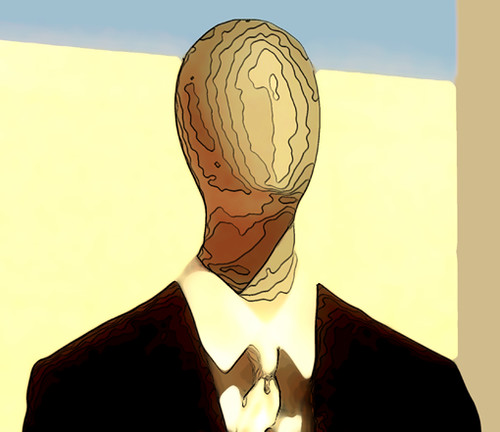The Invention of CommunicationThe researcher Bruno Galantucci, in an effort to understand how humans invent languages,
constructed a series of experiments [PDF] in which two people are together in a series of rooms. They cannot communicate with each other except through a set of limited symbols (so they cannot write familiar letters or draw) They have a common task they must fulfill but, to do so succesfully they must first agree - they must first communicate.
The results are fascinating. Several of the pairs in the experiment established systems in a matter of hours. Another never managed to communicate at all. An
article in the economist concludes "...people only need to convey a small amount of information to communicate effectively, and they can do so while holding fundamentally different ideas about how their language describes the world."
Galantucci plans to conduct further experiments in which several subjects must communicate in order to chase down and catch a common "prey", just as hunting animals do today. The oustanding question is whether primitive symbols of coordination are the true forerunners of language. One of Galantucci's other early results is that a system of communication develops more quickly when it is proposed by one person and adopted by the rest. That is, the more collaboration or conflict that is involved in developing the system, the more likely it is that the entire process becomes bogged down into confusion. The authoritarian way is more effective.

